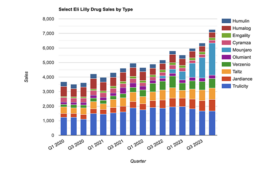A team of scientists from the UCL and Birkbeck Institute of Structural and Molecular Biology (ISMB) have identified the structure of a key component of the bacteria behind such diseases as whooping cough, peptic stomach ulcers, and Legionnaires’ disease. The research also sheds light on how antibiotic resistance genes spread from one bacterium to another. The research may help scientists develop novel treatments for these diseases and novel ways to curtail the spread of antibiotic resistance.
The research describes the structure of the core complex of a type IV secretion system, viewed using cryoelectron microscopy.
Professor Gabriel Waksman (UCL Biochemistry), director of the ISMB and lead author of the study, says: ‘Type IV secretion systems play key roles in secreting toxins which give certain bacteria their disease-causing properties and, importantly, are also directly involved in the spread of antibiotic resistance.’
Type IV secretion systems have become central in the effort to fight infectious diseases caused by bacteria. Gram-negative bacteria have a double membrane. At the core of the type IV secretion system is a double-walled chamber which spans the two membranes and opens at one side. Professor Waksman believes this chamber may offer a new pathway for targeting these bacteria: ‘If we can inhibit the secretion systems that mediate transfer of antibiotic resistance genes from one bacterial pathogen to another, we could potentially prevent the spread of antibiotic resistance genes.’
He adds that pathogens, which use type IV secretion system for secretion of toxins, can be targeted directly for inhibition through the system. Such research would have a considerable impact on public health.
Release Date: January 9, 2009
Source: University College London
Filed Under: Drug Discovery




